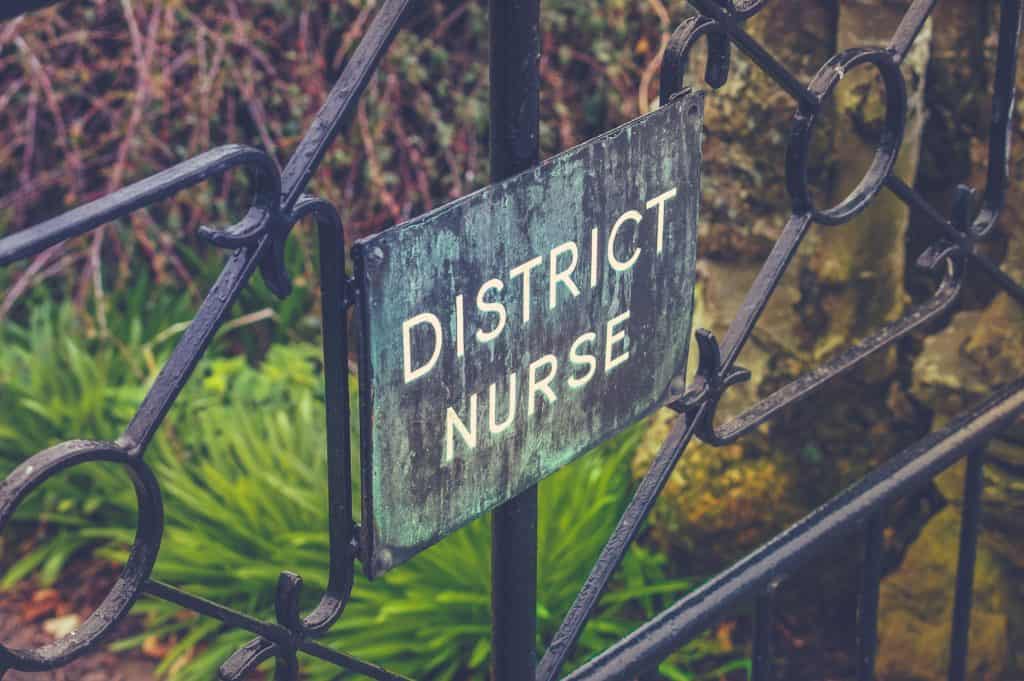 With rural hospitals closing fast, the phrase “all healthcare is local” is about to become a myth. The Healthcare Blog author Paul Keckley says, “For almost 40 years, we’ve operated the U.S. health system based on an underlying assumption that all healthcare is local.”
With rural hospitals closing fast, the phrase “all healthcare is local” is about to become a myth. The Healthcare Blog author Paul Keckley says, “For almost 40 years, we’ve operated the U.S. health system based on an underlying assumption that all healthcare is local.”
Today, everything is changing rapidly as small community healthcare providers succumb to the pressures of declining reimbursement and the higher costs of care.
The markets that we serve are changing rapidly, even as rural hospitals close in record numbers. With the potential collapse of rural care powerhouse Community Health Systems (CHS) on the horizon, it seems almost inevitable that Americans living in remote communities will face long commutes for treatment. Preventative care will most assuredly decline as patients will be less likely to go “over the river and through the woods” for routine checkups.
The National Rural Health Association (NRHA) says 87 community hospitals have closed in the last eight years. These facilities have long served as a community hub; when a hospital closes, it’s not only access to care that declines.
The NRHA says:
In rural America, health care is a pillar of the community. It helps to create and foster a sustainable and livable environment for rural Americans, and without health care, without a hospital, a rural community will crumble.
What do these numbers mean for our population that we know is both aging rapidly and getting sicker? Can rural healthcare be saved? Are there any tools out there that can bring healthcare back to the living rooms of the communities we’re pledged to serve?
Access to Rural Care Facilities Declining
“When a rural hospital closes, the economic losses can devastate an already stressed community through loss of healthcare workers, emergency services, and primary care capacity, as well as higher unemployment and lower per-capita incomes, a drop in housing values, poorer health, and increasing health disparities.”
Diana J. Mason, PhD, RN
The JAMA Forum
Becker’s Hospital Review reports frequently on the closure of rural health. They say some of the states that have been hit hardest with closures include:
- Texas closed 14 hospitals, more than any other state.
- Tennessee has the number two spot, with eight since 2010.
- Georgia has six.
- Alabama, Mississippi, and North Carolina have an average of five closures each.
The National Rural Health Association suggests that nearly 700 rural hospitals are at risk of closing over the next few years. Some of the factors putting pressure on these facilities include:
- Market factors such as a poorer population with less access to private payer insurance, competition from big-city hospital specialties, and higher unemployment rates have combined with declining reimbursement to wreck havoc.
- Hospital issues such as the increasingly high cost of care coupled with lower inpatient admissions than larger facilities. It’s also increasingly difficult to find enough clinicians to staff these rural facilities.
- Higher operating margins along with lower occupancy rates haven’t done anything to keep the lights on.
In a market where the margin really matters, these issues could tip the scale between insolvency and a competitive advantage.
It’s clear that something must be done – and soon, or more hospitals will fold. Could technology innovation help us fight back against the decline of our nation’s rural communities and the hospitals that serve them?
Telemedicine is the Bright Light at the End of The Tunnel
 One of the largest healthcare consulting firms in the nation, Huron, has called for new innovation to save our nation’s rural healthcare facilities. They suggest that telemedicine technology serves at the forefront of a strategy to provide access to treatment for our country’s rural residents.
One of the largest healthcare consulting firms in the nation, Huron, has called for new innovation to save our nation’s rural healthcare facilities. They suggest that telemedicine technology serves at the forefront of a strategy to provide access to treatment for our country’s rural residents.
Huron’s suggested approach includes expansion of new hospital partnerships to extend care. This includes affiliation with larger providers that offer new tools, including “virtual consults that allow care to occur closer to home at the consumer’s convenience.”
But the expansion of treatment in areas with a lack of providers is just one benefit of telehealth. In fact, telehealth could help improve the bottom line in these cash-poor facilities. One study by the University of Iowa showed that telemedicine lessens the burden on local emergency departments, potentially saving $5,600 per patient annually.
The study, released last year, sought to quantify the savings for rural providers. Researchers looked at more than 9,000 telehealth encounters in ER settings over 52 months in 85 rural hospitals. The biggest savings came from treating the patient locally versus transferring them to a larger urban facility. Study participants leveraged a tele-ER virtual visit through their health system for a consult with a remote clinician.
The study concluded the following:
It keeps patients closer to their families and support networks, particularly elderly patients, and provides a means for which patients receive earlier diagnoses and intervention. Also, having a telehealth system increases the reputation of the rural hospital in its community.
Using Telehealth to Address the Rural Healthcare Crisis
America’s rural healthcare networks are an aging infrastructure struggling to stay afloat. These hospitals will continue to be vulnerable to closure if they cannot find new ways to cut costs while providing high-quality care and caring.
Telemedicine offers an opportunity to use video technology to extend care to wherever the patient is. Instead of waiting weeks for a healthcare provider to travel to a remote clinic, a telehealth consultation is faster and cuts travel costs for the patient. Telemedicine can also be used for remote in-home monitoring, which can decrease hospital readmission penalties for rural facilities while improving care outcomes.
Becker’s Hospital Review spells out the true benefits of telehealth to help save our country’s rural community hospitals:
Telehealth drives volume, increases quality of care, and reduces costs by reducing readmissions and unnecessary emergency department visits for rural communities. Through telemedicine, rural hospitals can serve rural patients at better costs and help cut down on the time it takes rural patients to receive care, particularly specialty care.
For rural hospitals, the innovation that telehealth can bring cannot come too quickly. Our community hospitals are dying and that’s placing Americans that live in rural communities at higher risk. It’s a shameful situation that can be remedied with proven telemedicine technology that can save lives, cut costs, and fix a broken system of care.
To find out more about telehealth in your community, contact us.



